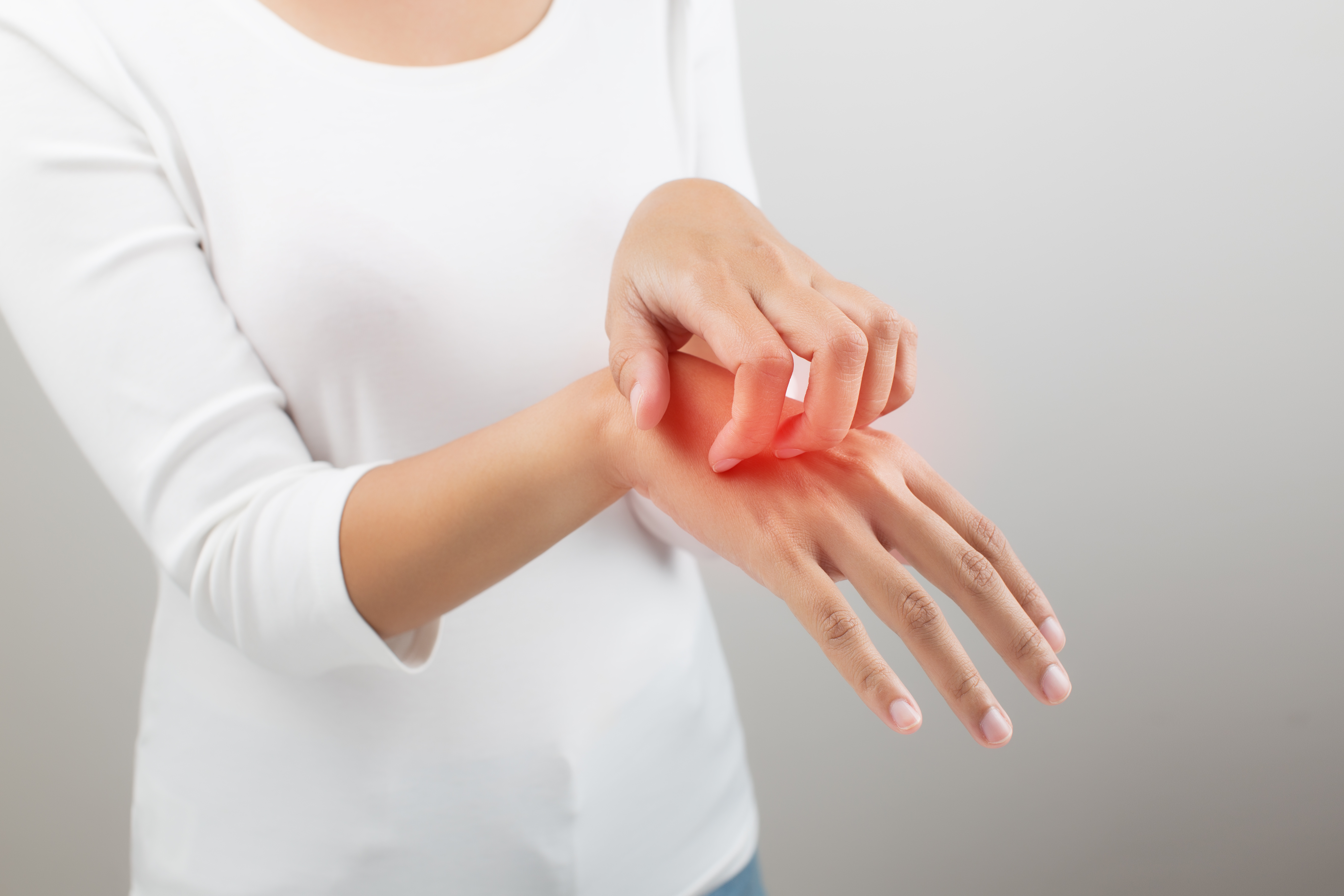Latex Glove Allergies Explained

What Causes Latex Allergies?
Latex allergy is caused from latex proteins contained in natural rubber latex. A latex allergy can occur in two ways – either through direct contact from wearing a latex glove or through Inhalation from latex particles which you can breathe in. The amount of airborne latex in gloves differs greatly depending on the brand of glove used.
How Prevalent are Latex Allergies?
Only 2% of the population experience latex allergy symptoms. Those frequently exposed to latex seem to be at the greatest risk. People with other sensitivities such as food allergies are also more likely to react to latex. Newer gloves are much less likely to cause workers to develop allergies, as manufacturers are becoming more successful in leaching gloves which involves washing them after manufacture to reduce the amount of residual proteins.
What are the Types or Symptoms of Latex Allergies?
There are 3 key types of reaction that can occur as a result of glove use. These are as follows:
1) Immediate Type I Hypersensitivity
This type of allergic reaction is caused by the proteins found in natural rubber glove (Most commonly latex). If someone is allergic to natural rubber protein, the reaction will occur within 30 minutes of contact with the glove. It can show up as rhinitis with hay fever-like symptoms, conjunctivitis (pink eye), cramps, hives, and severe itching. It is rare, but symptoms may progress to include rapid heartbeat, tremors, chest pain, difficulty breathing, low blood pressure, anaphylactic shock, or potentially, death. People with this allergy cannot have contact with any type of natural rubber, such as rubber gloves, balloons, tyre, rubber shoes and boots. Nitrile or vinyl gloves which are both totally free from natural rubber are the best alternatives for people who suffer from this type of allergy.
2) Delayed Type IV Hypersensitivity
This type of allergic reaction is caused by rubber chemicals in the glove. Rashes may appear on the skin of the end-user sometimes up to 48 hours after contact with the glove. This results in the same type of reactions as irritant contact dermatitis (dryness, itching, burning, scaling, and lesions of the skin). Normally people who are allergic to these chemicals can only wear vinyl gloves as they do not contain the rubber chemicals. This is not a common allergy and effects very few people.
3) Irritation
This is the most common reaction that may happen to any end-user. It is the least threatening type of reaction, classified as a non-allergenic skin reaction. It usually occurs after repeated glove use and exposure to chemicals in the gloves resulting in dryness, itching, burning, scaling, and lesions of the skin. It can be intensified if a glove is not washed and cleaned properly after production leaving some additional residue on the surface of the glove. It is usually short term reaction and will disappear if the user takes a break from glove use.
How do you Treat or Prevent Latex Allergies?
The best treatment is avoidance – try using Nitrile, Synthetic or Vinyl Gloves. Alternatively try using a Powder-Free Glove may also reduce the risk.
